Your Bought-Back Volkswagen Has a Miserable (and Short) Life Ahead of It

It’s like the Rapture, but for polluting German vehicles.
Starting this fall, owners of the 466,000 defeat device-equipped Volkswagen and Audi 2.0-liter TDI models still left on the road will head to their dealer, hand over their keys, sign a mountain of paperwork, and walk away with a fat check issued by the bean counters in Wolfburg.
So, what happens to your once-trustworthy diesel-powered steed after the buyback?
Not many owners will worry about the fate that awaits their TDI after it’s led behind the barn, but it’s still an interesting question. John Voelcker, writing for Green Car Reports, dove into the issue.
Volkswagen’s pricey settlement with U.S. owners (and state and federal governments and regulators) requires a minimum of 85 percent of the afflicted 2009–2016 model year TDIs to be bought back. Officially, according to a Volkswagen spokesperson, the automaker hasn’t decided what it plans to do with those 396,000 vehicles.
The settlement, which still needs official approval, spells out the do’s and don’ts:
All Eligible Vehicles returned to Settling Defendants through the Recall Program shall be rendered inoperable by removing the vehicle’s Engine Control Unit (“ECU”) and may be, to the extent possible, recycled to the extent permitted by law. No Eligible Vehicle that is rendered inoperable may subsequently be rendered operable except as allowed by and in compliance with subparagraph 7.2.3 below and Appendix B of this Consent Decree.
The vehicles can be salvaged and broken up for parts, so long as the ECU, diesel oxidation catalyst and diesel particulate filter don’t find a home in another vehicle.
Early speculation that some of the vehicles might find their way, intact and still dirty, to a country with less stringent pollution laws didn’t pan out. Not going to happen, says Volkswagen. Any exported vehicle still needs to undergo an Approved Emissions Modification to bring the vehicle into compliance with Environmental Protection Agency regulations.
U.S. owners can opt to keep their vehicle on the road by undergoing the same fix, but there’s a problem: there is no EPA-approved fix for the vehicles, and any fix for older models would be cumbersome and likely lead to reduced performance and fuel economy. In other words, it would diminish the two traits that made TDI models a hot commodity. The development period and a laborious testing regime would mean a long wait before the fix becomes available.
If the fix doesn’t satisfy the EPA’s concerns, then every older (pre-2015) model is bound for the scrap heap. Newer 2.0-liter models sport an exhaust after-treatment system (urea injection, which the older models magically didn’t need), which should be easier to develop a fix for.
[Image: © 2015 Mark Stevenson/The Truth About Cars]

More by Steph Willems
Latest Car Reviews
Read moreLatest Product Reviews
Read moreRecent Comments
- Tassos Tim is not that good with colors.The bright "pink" is not pink, but FUCHSIA. Both colors may look good on a woman's sweater, but not on steel panels.
- Tassos While I was a very satisfied owner of a much earlier Accord COupe 5 speed (a 1990 I owned from 1994 to 2016), I don't like the exterior styling of this one so much, in fact the 2017 sedan looks better. Or maybe it sucks in white. The interior of my 1990 was very high quality, this one looks so-so. The 157 k miles were probably easy highway miles. Still, Hondas are not Toyotas, and I remember the same service (like timing belt replacement) back then cost TWICE for an Accord than for a Camry. Add to this that it has the accursed CVT, and it's a no. Not that I am in the market for a cheap econobox anyway.
- 3-On-The-Tree My 2009 C6 corvette in black looks great when it’s all washed and waxed but after driving down my 1.3 mile long dirt road it’s a dust magnet. I like white because dust doesn’t how up easily. Both my current 2021 Tundra and previous 2014 Ford F-150 3.5L Ecobomb are white
- Bd2 Would be sweet on a Telluride.
- Luke42 When will they release a Gladiator 4xe?I don’t care what color it is, but I do care about being able to plug it in.



















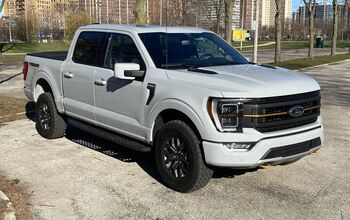
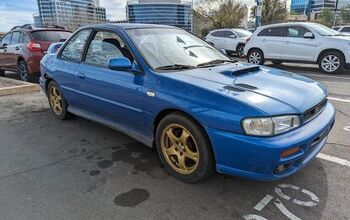
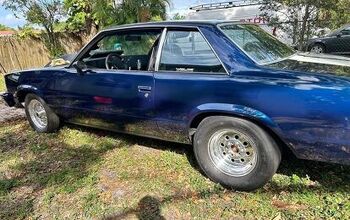
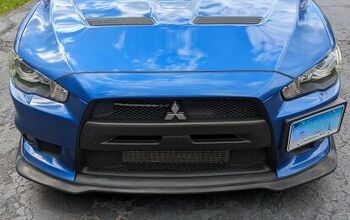
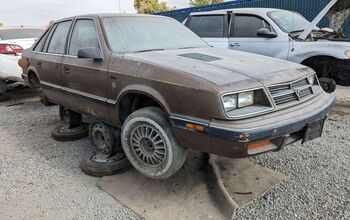
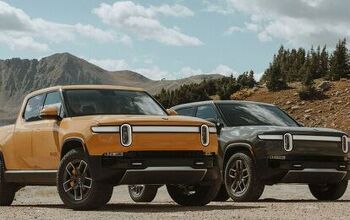


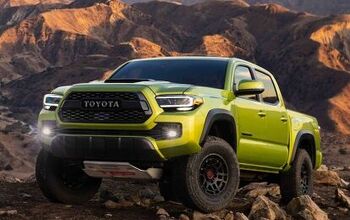
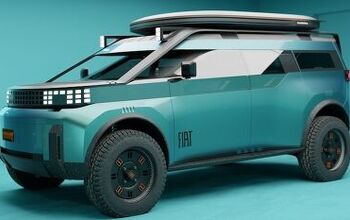
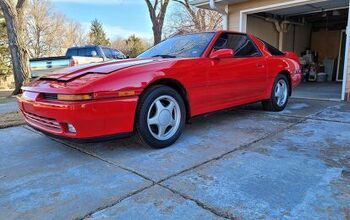



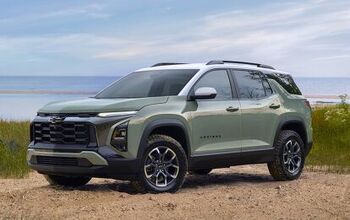
Comments
Join the conversation
As much as I would like to see all that embodied energy of an already built car not go to waste, converting them to gassers will be hugely cost prohibitive. Even if the cost of all the parts needed is somehow rationalized the cost of labor will have to be borne by someone. Even if the dealers give VW a disco on the labor there are tons of things to replace and adapt, not just the engine. Unless VW comes up with a specific engine and other parts that minimize the wide variety of parts it's going to be a nightmare. Various engine codes will have different ECU's, various trims will have different looms and controllers ... someone will need to take all these TDI combinations out in the wild and map them to a gas engined car, and most importantly the wiring harness -- that to me is a show-stopper. Some of the actuator and sensor lines might be convertible but it's going to require some serious engineering work to retrofit everything, add the ignition system wiring, etc. I've done engine swaps (gassers) and they were more or less straightforward CONCEPTUALLY but there was always something or other that didn't exactly bolt up or needed a hack. And those swaps didn't trigger some warranty or emissions legal framework. They could just part them out and/or sell them to salvage yards. VAG cars share many parts across models and brands. The only toxic part that needs to be withdrawn from any available channel is the ECUs with the cheat programming, plus LNTs and anything else that could not survive without a cheat ECU.
What an incredible waste. Those vehicles should be sold for full market value in a country where they can operate legally. Only government can be this wasteful.